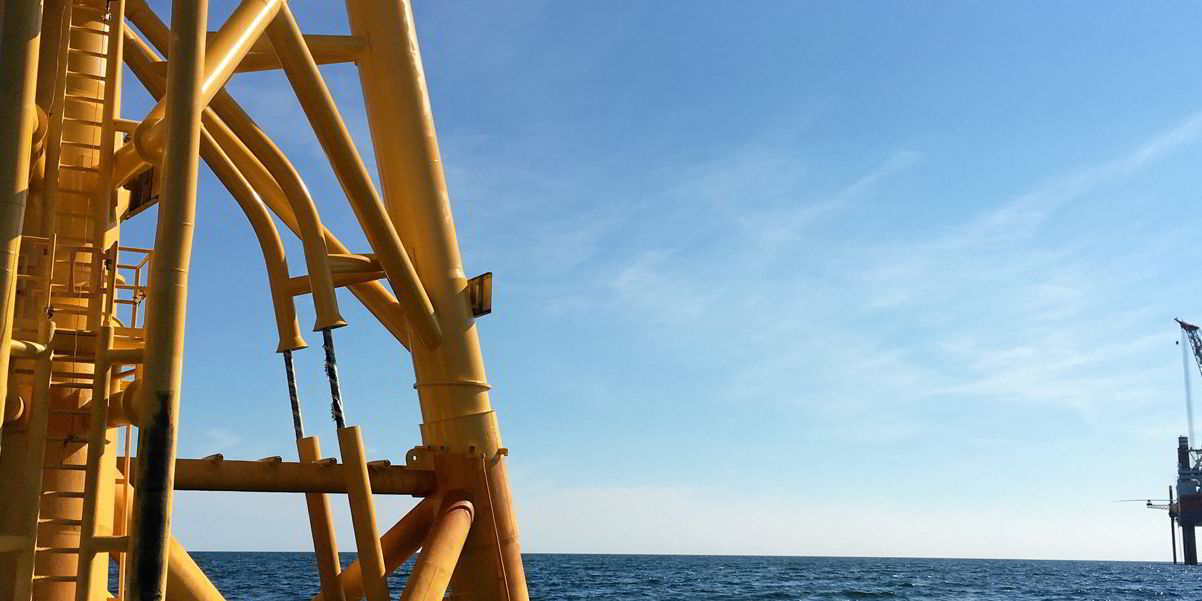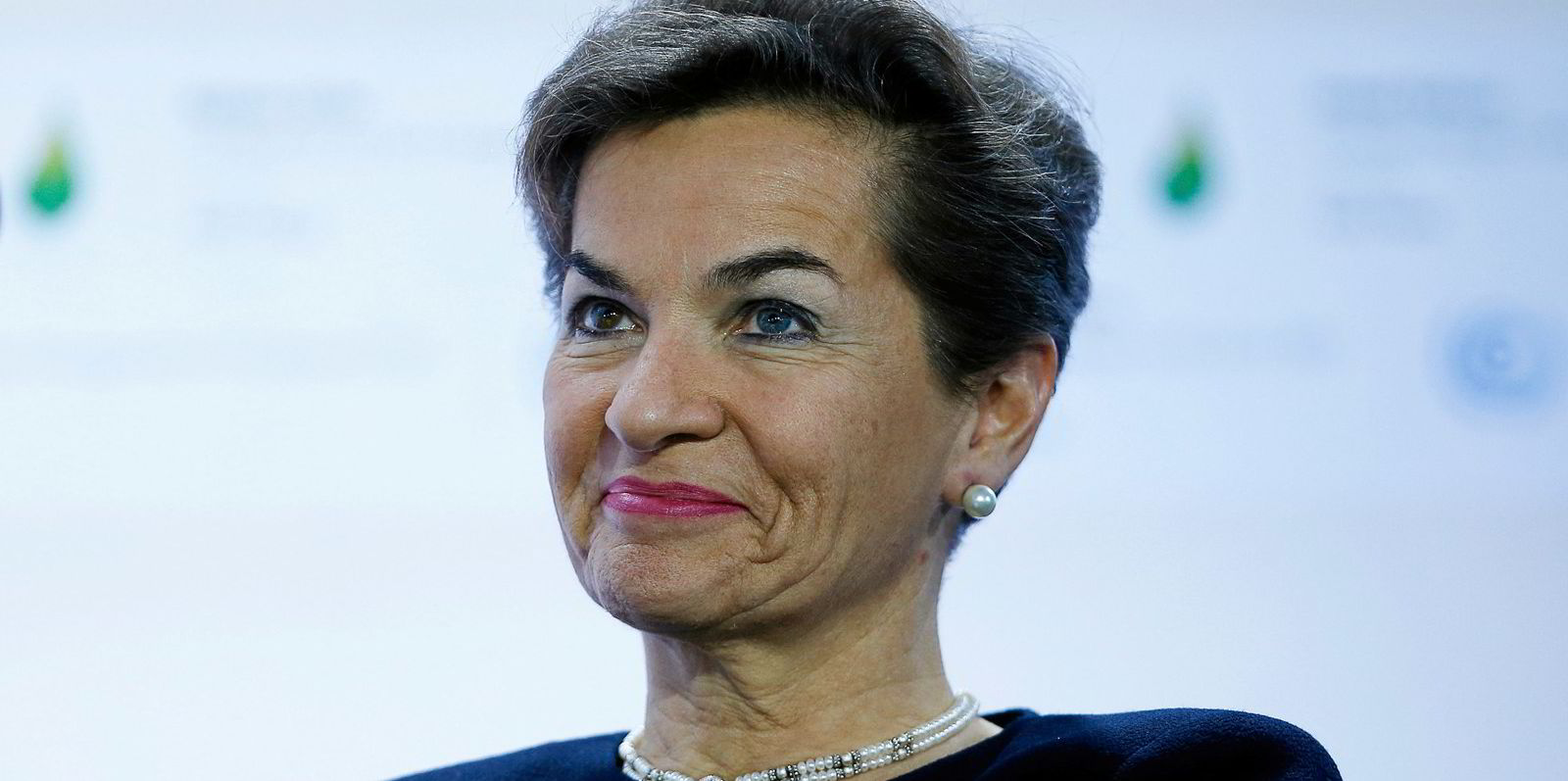A rising share of offshore wind power, a return of the US on the global stage for climate change action and growing investments in hydrogen production will be key themes as the power sector begins to recover from the Covid-19 pandemic next year, Fitch Solutions said in an outlook.
Get the market insight you need into the global oil & gas industry's energy transition – from the new newsletter from Upstream and Recharge. Sign up here
Within the overall wind power market, the global share of offshore wind will increase while simultaneously there is a rise in investments outside the core Western European market, the analysts expect.
Renewable developers and wind turbine manufactures will be winners of this trend, while thermal power operators are on the losing end.
“Offshore wind projects will gain a greater share of the total wind power market globally in 2021, driven by investments into markets where the industry is still in its early stages,” Fitch Solutions said.
Of the 161.9GW of wind power capacity under construction of in a pre-construction in the analyst’s key projects database (KPD), over 66GW come from offshore wind projects, with the US (9.1GW), South Korea (3.4GW) and Poland (2.5GW) standing out.
Fitch Solutions also sees Japan as a market to watch (1.4GW) for offshore wind growth, and Brazil as having a growing momentum as major oil & gas firms such as Shell, Equinor and Repsol could also start making offshore wind investments in the Latin American country.
US return
A return of the US to the global stage for action on climate change under president-elect Joe Biden is seen boosting non-hydro renewables development, while increasing the pressure on coal-fired power plants.
A more stringent regulatory landscape is expected to impact the US power sector, while an increased focus on international climate action is also seen impacting power markets around the world next year, particularly in Central and South America.
In general, Fitch Solutions expects a global capacity resurgence in the power sector across 2021 as markets gradually recover from Covid-19, overcoming supply chain disruptions and financial headwinds that had caused significant delays in many projects.
Vaccine access
But that recovery will likely be uneven, both in regards to technologies and geographies.
The analyst expect the non-hydro renewables sector to outperform due to an increased post-pandemic focus on sustainability and climate change that pushed several markets, such as the EU, to opt for a green recovery.
There is also likely to be a divergence between developed and emerging markets as to their ability to invest in power sector growth.
“Deteriorating economic conditions across markets will negatively impact power sector investment over the short-to-medium term,” the report said.
“This is visible in the rising national debt levels as state borrowing and spending will most likely be prioritised in the sectors directly dealing with the Covid-19 pandemic such as healthcare and social security.”
Also, markets without immediate access to a vaccine, or those that are unable to control the outbreak, will fare worse, the analysts reckon. That means that overall, developed nations are seen recovering power capacity growth from Covid-19 induced reductions already in 2021 and 2022, when emerging markets on average still will see no growth.
Hydrogen investment
The emerging low-carbon hydrogen industry will attract increasing investment over 2021, as markets seek energy sector diversity in line with increasingly stringent emissions restrictions.
The analysts expect both green hydrogen (made from renewables via electrolysis) and blue hydrogen (made from natural gas but linked to carbon capture and storage) to see project announcements.
Industrial and commercial hydrogen consumers, renewables investors, electrolyser manufacturers, gas-handling infrastructure and logistics industries are all seen on the winning side of this trend, while hydrocarbon fuel suppliers and the grey hydrogen (produced from natural gas without CCS) are seen losing out.





